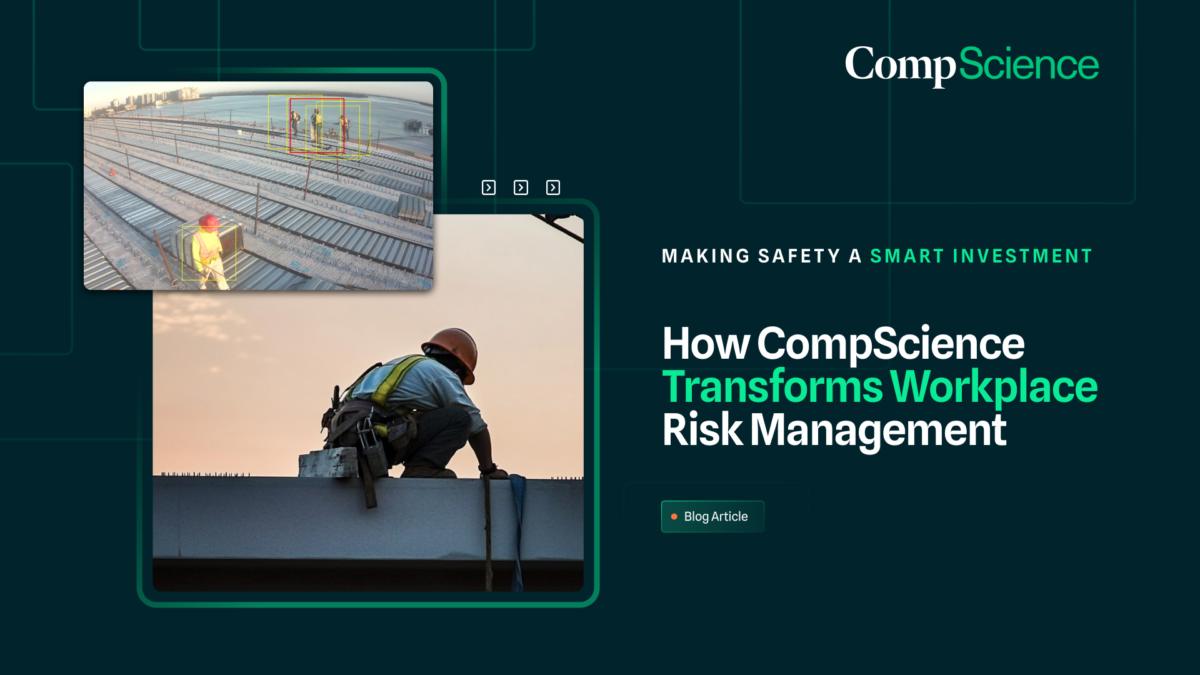
Making Safety a Smart Investment
How CompScience Transforms Workplace Risk Management Workplace safety goes beyond compliance. It is essential for business continuity, operational eff[...]
Read moreLatest Posts

How To Focus A CFO On Improving Workplace Safety?
Here are a few strategies that may be helpful in convincing a CFO to prioritize workplace safety. It may not be clear at first why improving safety with analytics is important, but reducing accidents and improving an X-mod has high impact on costs. Talk with CompScience about how we can help reduce injuries with […]
Read more
Key Steps in Conducting a Comprehensive Risk Assessment
Conducting a comprehensive risk assessment is a critical process for any organization aiming to proactively manage and mitigate risks. This process involves identifying, analyzing, and evaluating risks to minimize, monitor, and control the probability or impact of unfortunate events. Here are the key steps involved in conducting a comprehensive risk assessment: 1. Identify the […]
Read more
How X-Mod Affects Workers Compensation Costs and How X-Mod Is Affected By Safety Practices
The Experience Modification Rate (X-Mod) is a factor that affects a company’s workers’ compensation costs. A high X-Mod indicates that a company has a higher than average number of claims, which can result in higher insurance premiums. From the perspective of safety managers, a high X-Mod suggests that a company’s safety program may not be […]
Read more
Reducing TRIR with AI and Computer Vision
TRIR (Total Recordable Incident Rate) is a measure of how many work-related injuries and illnesses occur in a workplace, usually expressed as a rate per 100 employees per year. AI (Artificial Intelligence) and computer vision can help reduce TRIR by improving workplace safety through the use of advanced technologies. We have measurably reduced TRIR for […]
Read more